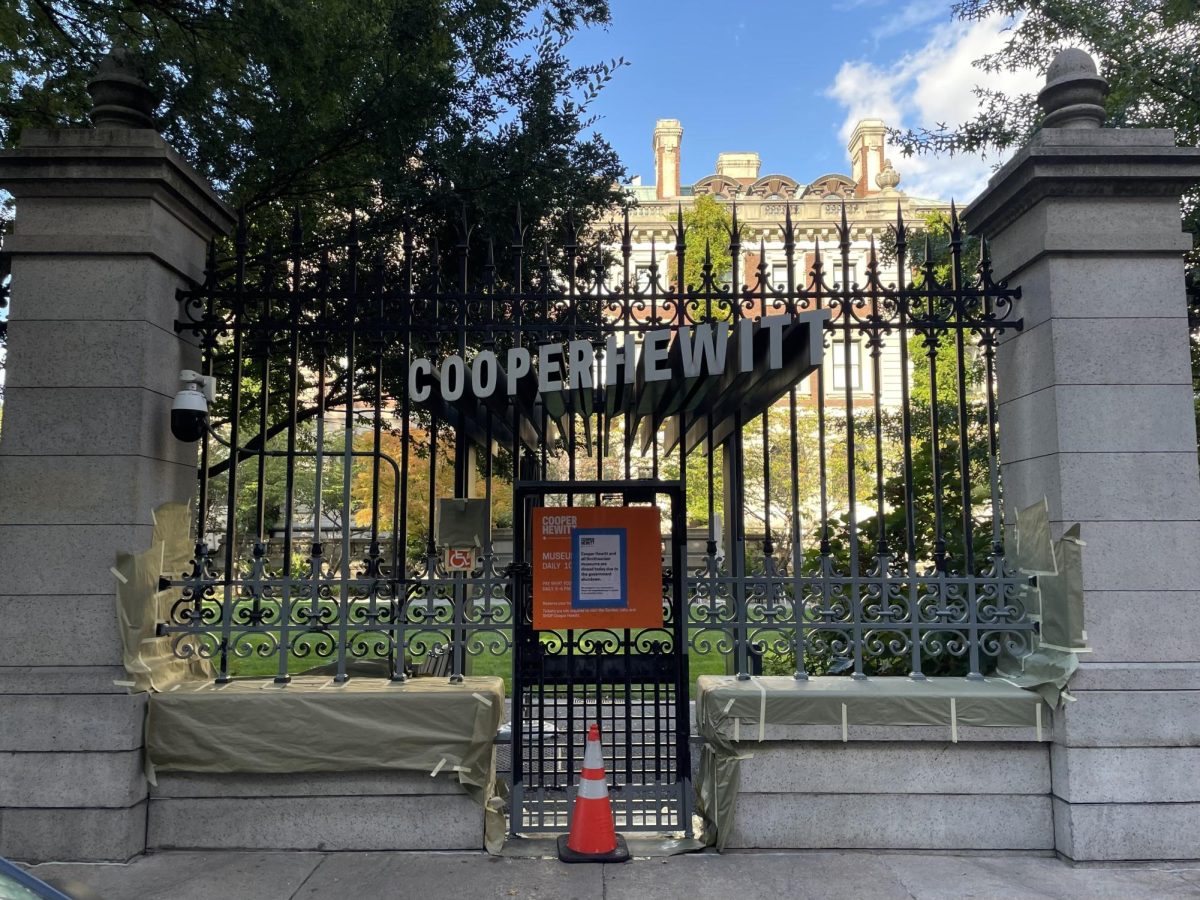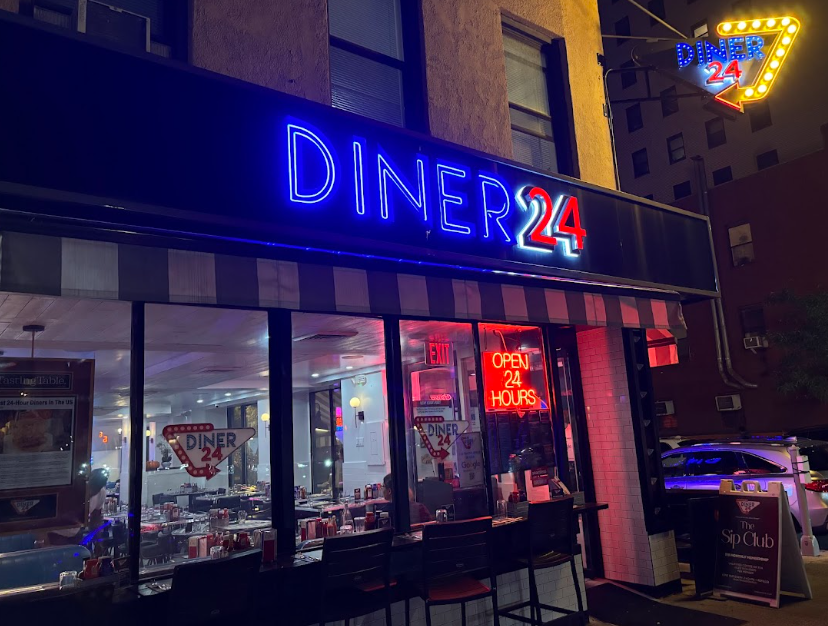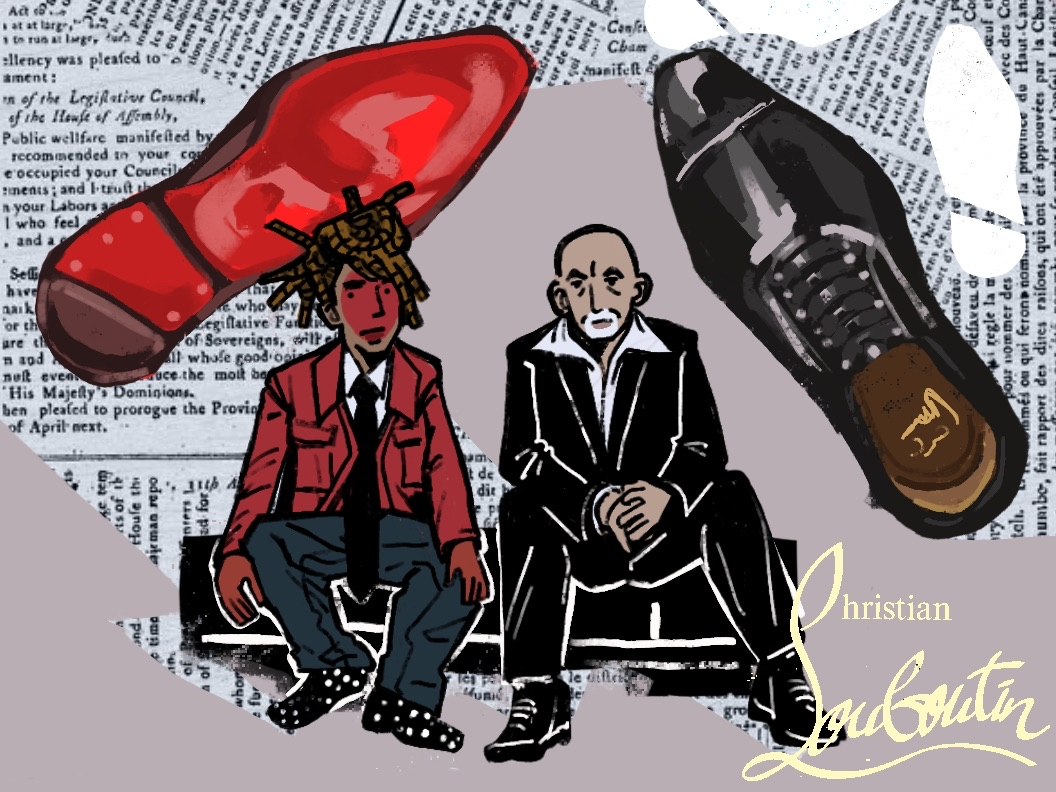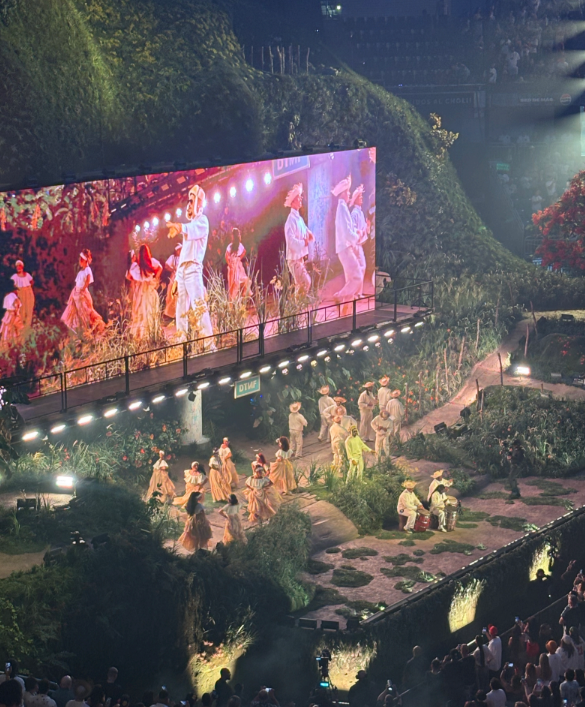The federal government officially shut down on Oct. 1, causing a shift in the way the economy functions. In a shutdown, federal paychecks are put on pause and scientific research is halted. This means that nonessential services eventually get shut down if a resolution isn’t reached quickly.
The government shutdown led to the temporary closure of federally funded museums, cutting off public access to exhibits and cultural resources.
Any federally funded museums tend to be hit hard by shutdowns because they depend on the grants given by the government. Many cultural institutions, including those under the Smithsonian Institution and the U.S. National Park Service, rely on that funding to pay the staff and keep the exhibits open. Without that support, they face furloughs, program suspension and temporary shutdowns that limit access to the public.
The Smithsonian Institution is the world’s largest museum complex, consisting of 21 museums and galleries including the National Zoo. The institution’s closure led to visitors losing access to exhibits and education programs. The closure may significantly disrupt tourism in major cities like Washington, D.C. and New York as the government shutdown persists.
Beyond the effects on tourism, the shutdown raises concerns about the fate of scheduled cultural programming. With doors closed, many are asking if museums will share any updates on what will happen because of canceled events and exhibits.
The National Gallery of Art announced on Oct. 5 that it would be on a temporary shutdown and canceled all its programs until further notice. It was one of the first major museums in D.C. to have closed its doors following the shutdown.
Another Smithsonian affiliated institution facing uncertainty is the National Museum of the American Indian. The museum announced that it could only remain open until Oct. 11. As the shutdown persisted, it was officially closed the next day with no given date on when operations will start again.
The Cooper Hewitt Smithsonian Design Museum is also facing the effects of the government shutdown.
Although it will remain partially open through Oct. 11, its galleries will be temporarily closed and will not reopen until Nov 21. Despite that, visitors still have access to the garden, shop and café.
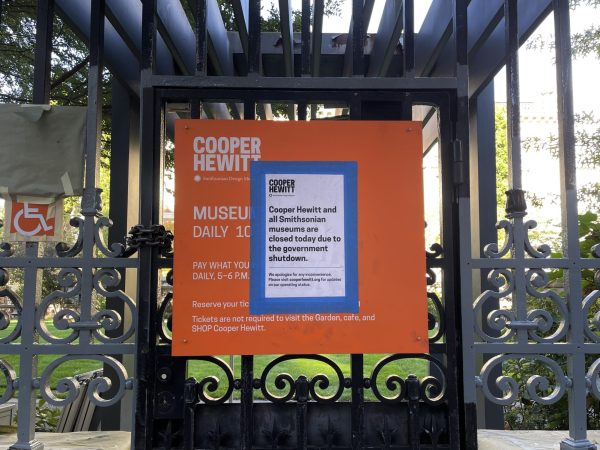
The U.S. Holocaust Memorial Museum is set to be opened to the public until Oct. 17. It is said to have “no change in operations visible to the public.”
The U.S. Botanic Garden and Library of Congress were the remaining attractions from the last shutdown in 2018. They will be closed during this shutdown until further notice.
Until funding resumes, it is uncertain how long these museums can keep their doors open.


